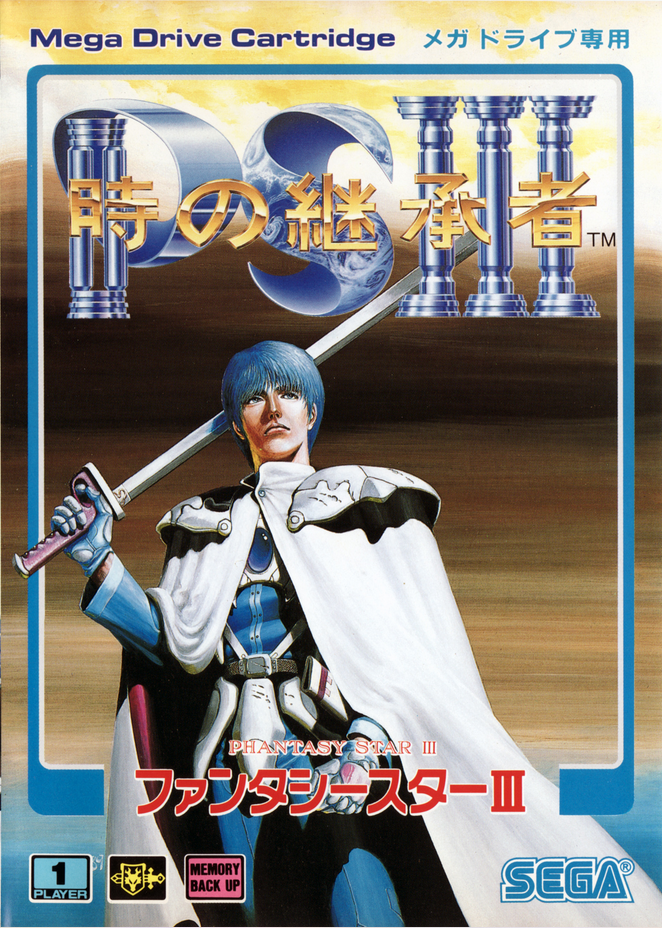
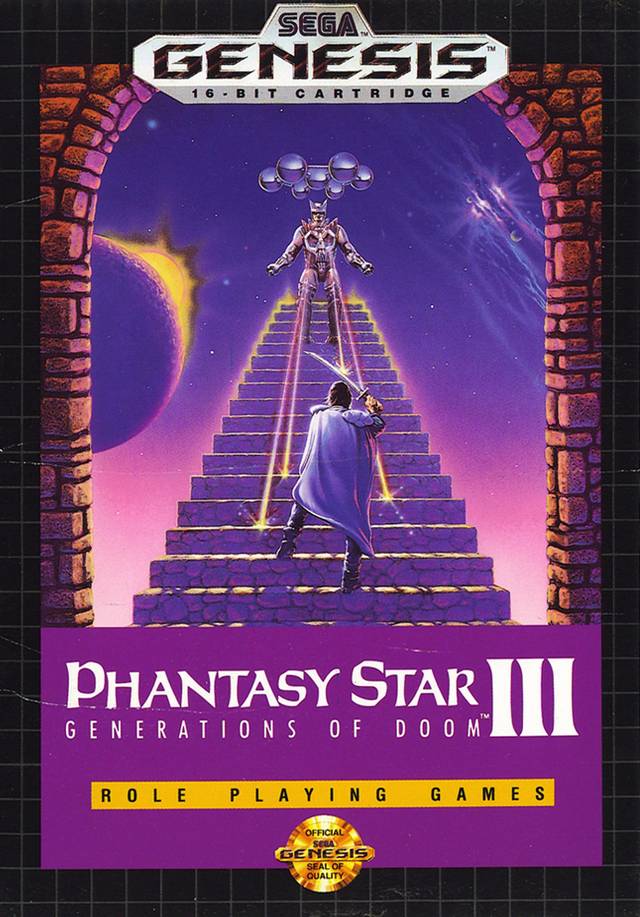
PLAYERS: 1
PUBLISHER/DEVELOPER: Sega
GENRE: RPG
RELEASE DATE: 04/21/90 – (JP), 07/91 – (US), 1991 – (EU)
Before I began Phantasy Star III, I was told by well-meaning fans of the series to run and hide under a desk, lest I be destroyed with the game’s 50+hr nuclear blast of mediocrity. I’m pleased to report that, despite some battle wounds, Phantasy Star III is neither as bad as its reputation suggests nor good enough to be considered an underrated classic. Its epic multi-generational story remains ambitious today, but the game is marred by its halfhearted presentation.
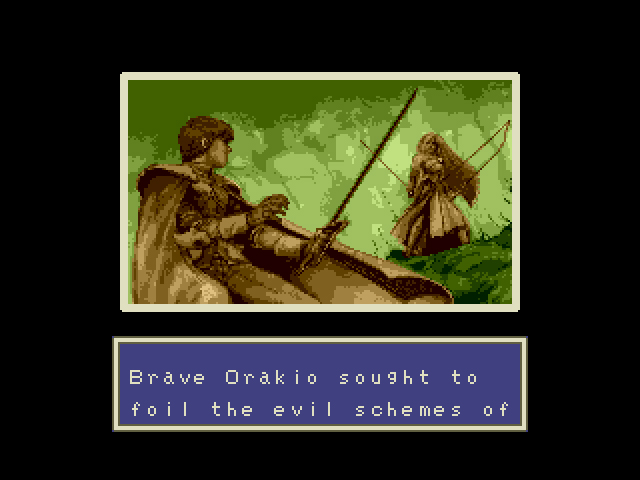
With this sentence, Phantasy Star III unravels its story of conflict between Orakio the swordsman and Laya the sorceress. 1,000 years before the game begins, these two people and their respective followers fought bitterly against each other. A potential truce was in the works before both Orakio and Laya seemingly disappeared into thin air. Both sides blamed the other for their leader’s disappearance and settled into an uneasy, unresolved co-existence.
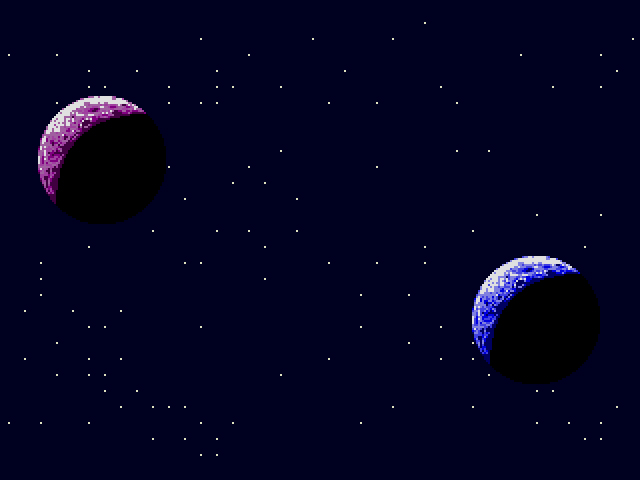
What does this backstory have to do with the overarching Phantasy Star mythos? Absolutely nothing. Rather than resolve Phantasy Star II‘s ambiguous ending or tie in Mother Brain and the Algo System into the latest entry, writer/director Hiroto Saeki crafted an original story with several generations of characters that have nothing to do with those from the previous two games.
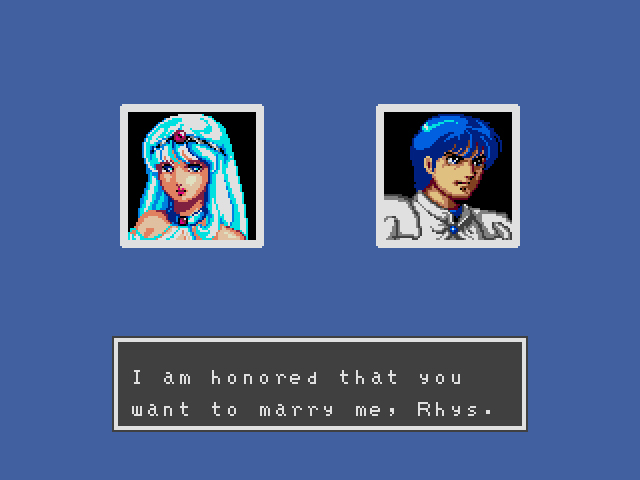
The introduction also feels like it emerged from a different RPG series. You begin the game as the Orakian Prince Rhys, a dashing galoot who’s about to marry the mysterious Maia. Suddenly, a dragon emerges and whisks her away to parts unknown. Rhys vows to rescue her and the game begins. Up until this point, the Phantasy Star series focused less on generic video game tropes – woman kidnapped, man must rescue – and more on original sci-fi plots. Even today, the first two Phantasy Stars have some of the more interesting stories you’ll find in an RPG. Phantasy Star III initially follows a more traditional fantasy plot, much to many fans’ chagrin.
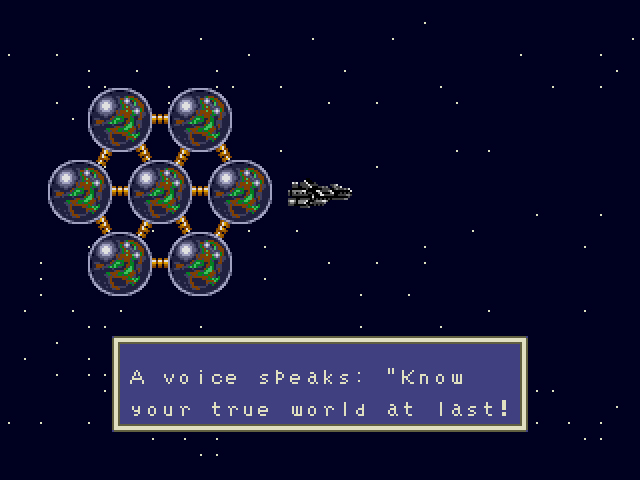
Bear with the initial fantasy trappings, however, and you’ll be rewarded with cyborg companions, intermittent trips to two different moons, and the ability to craft the story via player choice. As Prince Rhys progresses through his journey, he’s joined by the Orakian princess Lena, the mysterious warrior Lyle, and two cyborgs, Wren and Mieu. Once you’ve rescued Maia, you learn that she is a Layan princess. The game then gives Rhys a choice: marry Lena and become king over the Orakian territories of Landen and Satera, or marry Maia and become king of Cille, a Layan city, thereby renouncing your claim as an Orakian prince. Whomever you marry will birth a son, and said son will be the main character for the next chunk of the game.
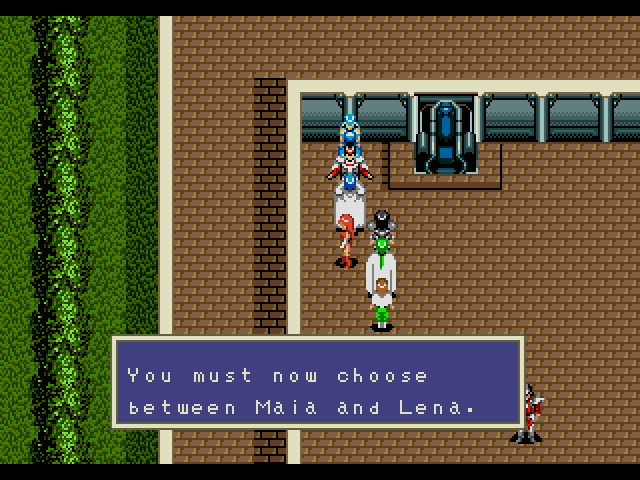
The story spans three generations of characters, but who you marry and sire determines the events of that portion of the game. For instance, when Rhys marries Maia, she gives birth to Ayn. Since Orakians have excellent sword handling abilities and Layans have Techniques, Ayn possesses both his father and mother’s talents. Ayn’s story also takes place from the perspective of the Layans, who have their kingdom invaded by evil cyborgs. If Rhys marries Lena, she gives birth to Nial. In this case, both Rhys and Lena are Orakians, so Nial’s proficient with swords, but has no Techniques. His story involves the invasion of monsters into the Orakian kingdoms. You’ll also have different party members depending on which son you have, though since cyborgs don’t technically age, Wren and Mieu will linger with your party for all three generations.
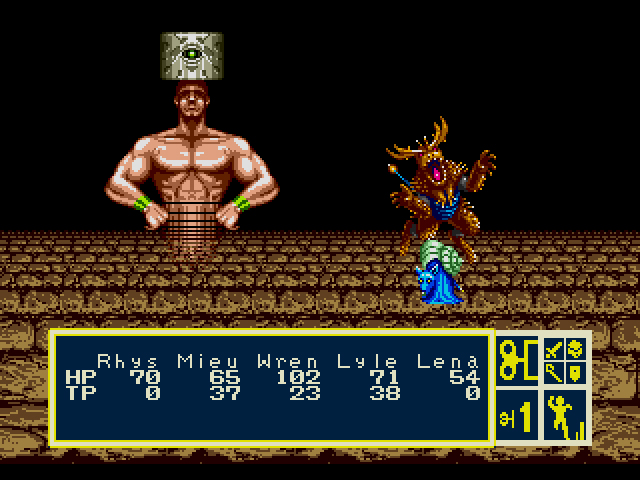
In the third generation, you will control one of four people – Sean, Crys, Aron, and Adon – until the final fight. Unlike the second generation sections of the game, the third generation’s story points don’t differ much depending on who you control. Each character has his own ending, however, which makes Phantasy Star III one of the first RPGs to feature multiple endings.
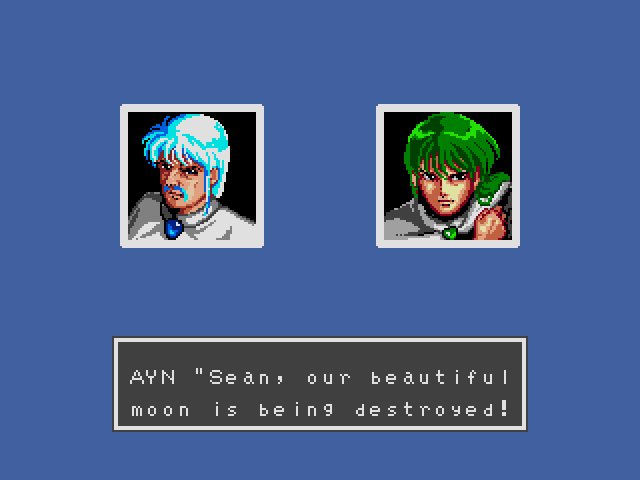
Indeed, the characters and the generational system are the lifeblood of Phantasy Star III. Yes, the first generation with Rhys is a boring stroll through monotony, but once you have a son, the 1,000 year conflict between two races and their generational multitudes opens up and becomes surprisingly engaging. No RPG up until this point had offered branching pathways complete with their own separate stories. In fact, if you want to ingest the complete conflict between the Orakians and the Layans, you’ll have to play the game multiple times to gather all the story points. (For those who have played the game before and are interested, my playthrough went like this: Rhys —> Ayn —> Sean).
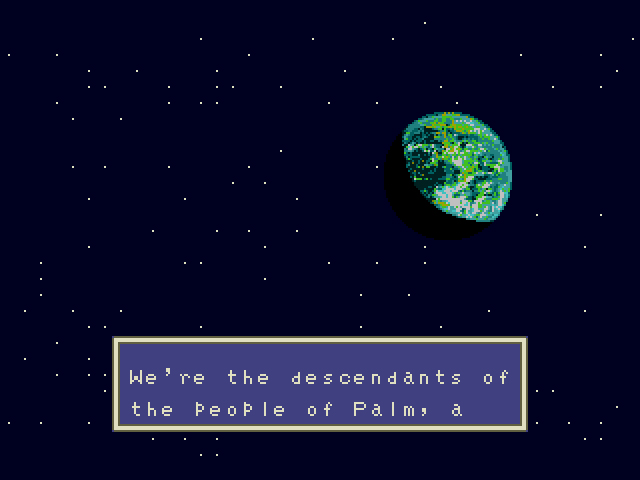
To make it through the game’s compelling story, you’ll have to do one of two things: fast-forward through a Let’s Play, or buck up and fight through uninspired landscapes.
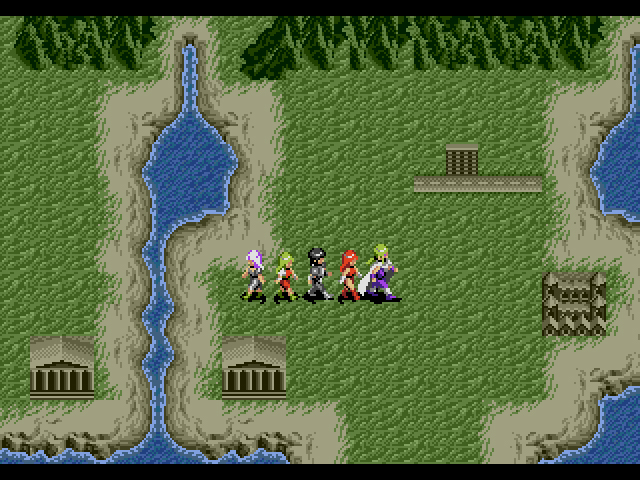
The game’s presentation is pathetic compared to the previous entries. The character sprites are less detailed and colorful than those in Phantasy Star II, and the worlds are mostly indistinguishable from each other. Outside of Aridia and Frigidia – the desert and ice worlds, respectively – it’s hard to tell whether you’re in Elysium, Aquatica, Landen, or Draconia without a hint book or some serious map-making skills. And unlike Phantasy Star II, which came with a prepackaged hint book, you had to purchase a hint book from Sega for $14.95 (in addition to the $80 you just spent on the game).
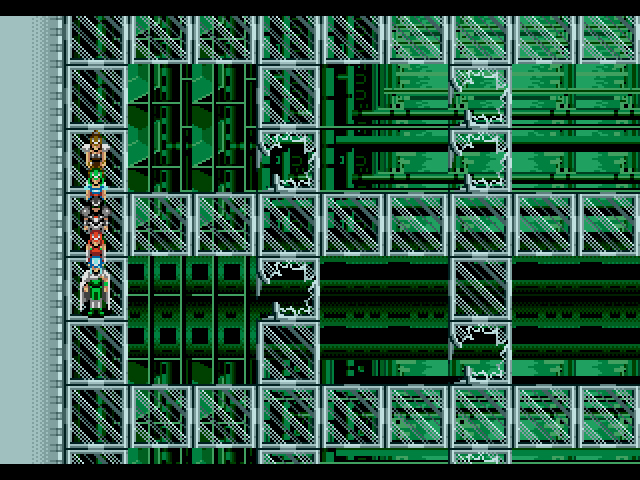
The towns and dungeons are equally lackluster in their design. Both appear to have been constructed from one generic template, then re-arranged depending on the location. Towns are all surrounded by forest, have some mixture of shops, people with crucial information, and for some reason, an abundance of fountains. Dungeon layouts aren’t as confusing or infuriating as those found in Phantasy Star II, but they also don’t contain much atmosphere. They’re oversized basements with glass walkways, unnatural elongated corridors, and random mechanical parts that occasionally hinder your progress.
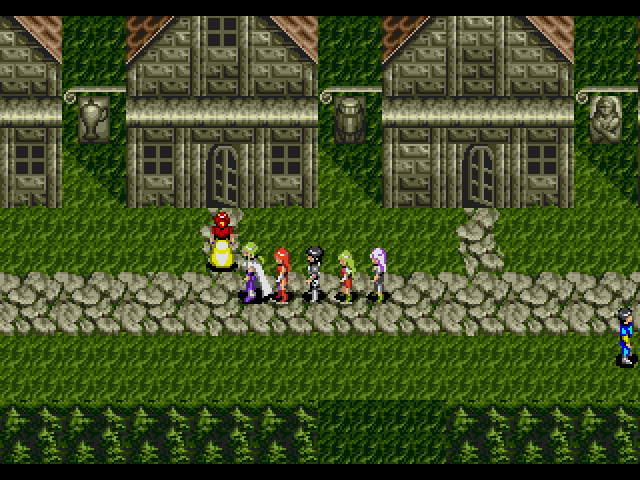
For as much as I despised the overly grindy nature of Phantasy Star II, the simple battle system was perfect. There were two options: Fight, which brought you instantly into the battle, and Strategy, which let you customize your character’s next action. Phantasy Star III‘s battle system is a slight regression from that simplicity. When you get into a battle, there are four icons on the right hand side, with each one symbolizing a different move. Automatic Battle (new to the series) chooses how your characters fight until you press the B button, Regular Attack is a party attack that ends after one turn, Options lets you choose whether to attack, use Techniques, etc., and Run Away is an option to flee that doesn’t always work. It’s not difficult to adapt to the icons, but the new system feels needless, particularly when Phantasy Star II‘s worked so smoothly.
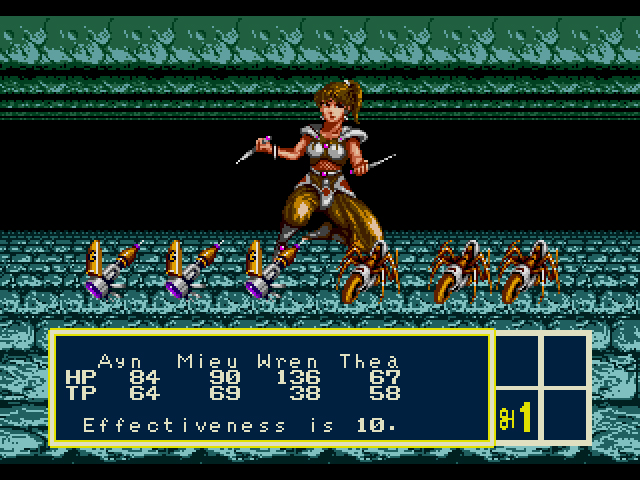
On the plus side, Phantasy Star III does address the laborious grinding problem found throughout Phantasy Star II. In the latter, grinding was essential to progress from one area to the next without swift death. In Phantasy Star III, however, the pacing is perfect. The random encounters found when walking from one area to the next are all the battles your characters will need to level up appropriately. Occasionally you will need to fight a few extra battles to earn Meseta for items, but not nearly as often as in PSII.
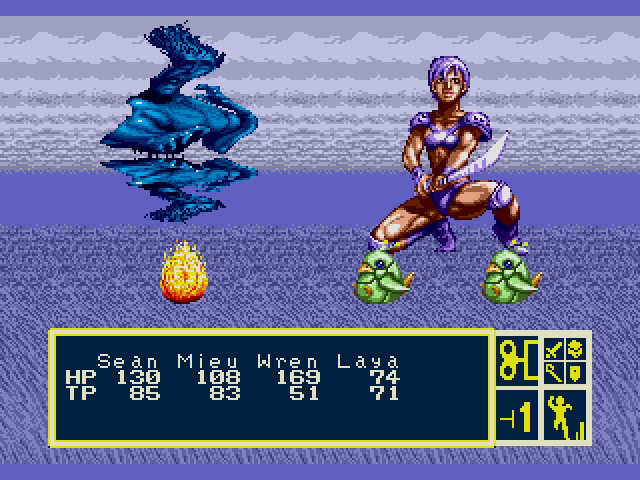
Techniques make their return from Phantasy Star II, though there’s less of them and their power can be modified. The four categories of techniques are: Healing, Melee (attack), Order (mixture of enhancements and special moves), and Time (stops enemy attacks and increases character’s speed/attacks). Each type has four techniques and costs a certain amount of Technique Points, with healing being the most expensive (5TP).
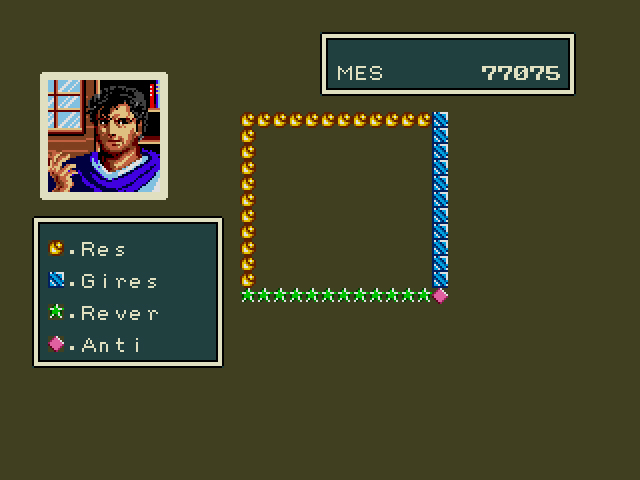
In each town, there are Technique Distribution shops which allow you to enhance and decrease the strength of your respective Techniques. Once you select the category (Melee, Order, Healing, etc.) you wish to modify, you’ll see a square constructed of four different colored shapes, with each shape representing a technique. You can adjust the shapes in any direction you choose, and the more a certain shape is represented on the square, the stronger that Technique will be. So, if I wanted to increase my character’s healing skill, I’d make the shapes representing Res and GiRes dominant on the square.
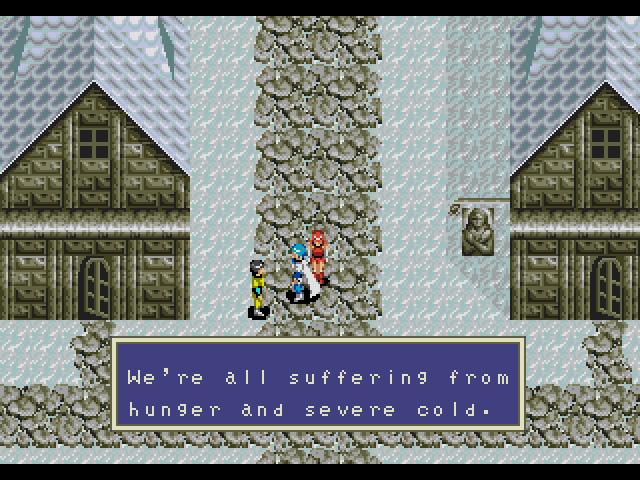
If only Sega had taken as much time with the gameplay of Phantasy Star III as they did with the story. Development was supposedly rushed in order to release the game as soon as possible, and nobody from the first two games worked on the third one. It shows. Ugly visuals that don’t take advantage of the hardware, a forgettable janky soundtrack, and uninteresting worlds that barely differ from one another all point to a severely missed opportunity.
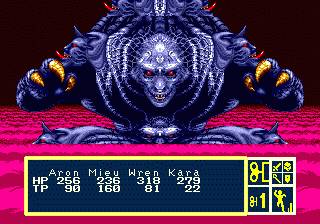
Had Phantasy Star III received a few more months development time, there’s a chance many would consider it their favorite in the series. Personally, I was able to persevere through the average gameplay and enjoy the fantastic story, but I can understand why so many fans were, and still are, disappointed. The potential for true greatness is buried beneath the half-finished foundation. Unfortunately, as so often happens in any form of media, art and business make for frustrated bedfellows. Sega’s rushed development led to low sales and a pissed-off fanbase. And while the company arguably learned their lesson with the triumphant Phantasy Star IV, the mishandling of Phantasy Star III remains a blotch on an otherwise immaculately crafted series.
B-

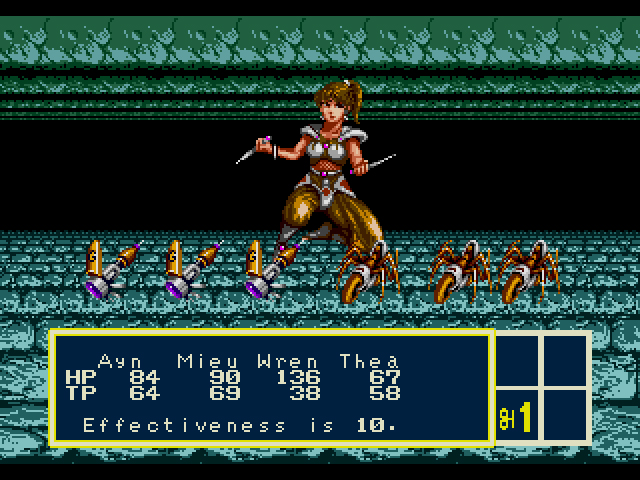
21 replies on “Phantasy Star III: Generations of Doom (GEN, 1990/91)”
Woohoo! I haven’t read it yet, and I haven’t got on with the game in the past, but I’ve been really looking forward to your review.
Thanks Rom! I hope you enjoy it.
The music in 3 always stood out to me for some reason and actually made me want to play it more.
The intro sounded gloomy and ominous, like something terrible was looming overhead, as did the music for the world map. It felt like a real departure from other RPGs I had played at the time.
I have to admit, the concept of generational choices seemed pretty cool too, although I sadly never played enough to really see their impact.
You really have to be committed for this one. I didn’t have much of a choice, but I’m glad I stuck with it.
Hey, dylan. We’ve talked over twitter, but you’ve been such a trooper with these old rpgs that I thought I’d post something useless here.
It’s a weird to thing say, but these days I do feel like this an underrated game by the PS fanbase (because its qualities are barely remembered), while PSII is a bit overrated (because fans don’t really just how dated and unplayable it is for a modern audience).
It’s kinda funny how this game feels less grindy than 2, even with the generational thing making you grind your characters all over again in the beginning of every chapter. Just goes to show you how pacing is a huge issue in rpgs that we fans sometime ignore.
PSIII’s presentation is undeniably bland, but I have to admit that I have a soft spot for weird-ass and creative enemies, and I do enjoy the offbeat soundtrack. The main theme is pretty stirring, at least.
It’s weird to think that FFIV was going to come out an year after this and basically force everybody to up their game when making rpgs. No more dry, grinding slogs. People finally started paying attention to pacing and rhythm of these things.
Anyway, it’s been cool seeing you progress so much as writer with this project. Keep up the good work, ’cause it looks like you’ve got some fun plataformers coming soon.
Thanks Kefky! This comment is far from useless. It has, in fact, lifted my spirit. PSIII feels less grindy because your offspring are already fairly strong. The most grinding I ever had to do was to get money for the more expensive items.
FFIV was a game changer, for sure. I’m not a huge Final Fantasy fan, but that’s one entry I’ve always enjoyed because of the pacing and great story.
Thanks much for the compliment! I’m excited to bust out some platformers and have an RPG break.
I liked this game considerably more the more I played it as well. I remember first getting it and almost wanting to return it. I was like what is this crap. It’s so initially disconnected from Phantasy Star 2. You might even think it was a situation where another RPG got rebranded as Phantasy Star for the West if you didn’t know better. I mean it had these really boring backgrounds. Phantasy Star 1 had far better battle backgrounds. I think I even preffered the blue grid in Phantasy Star 2. The enemies where basically static picture with 2 frames of animation. And the enemy designs initially were very boring and strange. Plus the battle interface has these big yellow garish looking commands that seem so out of place. I have to admit I didn’t like it.
But I think the first generation is a set up to make the rest of the game really stand out. It fools you into th9nking your in some sort of generic fantasy world like sword of Vermillion or something. Then the story slowly unfolds and reveals its secrets. I was pretty wowed when I discovered these strange caves between areas were really spokes on the hubs of a giant space station connection huge biospheres, that the inhabitants had long forgotten where they were. Not on a huge world but a giant spaceship. How old tech is discovered and used like androids. I loved the two androids in this game and how they persist across generations like the Star Wars droids. And going back across generations and playing he other side and exloring totally different parts of the biospheres with different stories and quests. Traveling to orbiting moons uncovering the plot. A lot of boss battles besides just Dark Force and the big bad guy. Seeing two sides of the story and realizing the conflict was set up by Dark Force in the first place. How choosing your marriage determined your magic and fighting balance. How the enemies eventually get kind of interesting, though still weird. And most of all the 4 different endings. (I think my favorite is the space colony discoverying Earth and kind of reversing the situation from PS2)
So continuity wise this game takes place from midway through the PS2 story when Palma is destroyed. The inhabitants are able to escape before the planet is blown up on giant space colony’s. Which are slowly destroyed by the Dark Force. Why this doesn’t really fit into continuity, even though clearly connected is it requires Dark Force to be active outside of the solar system of Algo simultaneous to he events of PS2 and 4. It really makes this game more of a side story.
Overall by the end I really enjoyed it a lot. I did beat all 4 endings back in the day. Though with 3 save slots you can’t have a save at every generation. It’s best to use one right before the first choice. Then another right before the second. Play out 2 of the last four characters, (I think one of the generations you and your main party member are twins, brother and sister.) Then jump back to the first choice and play out the other half of the game.
Overall I agree with you review. It’s not nearly as bad as people remember. I think most people don’t play past the first generation, or play any other paths. This game is rather shortish beating once. But playing through all 4 stories really makes it quite a long game and gives you the full experience.
If anyone wants a quick overview of the story this webpage is a good place to start.
http://www.phantasy-star.net/psiii/psiii.html
You can see how many more characters this game has than the first two. I love how Kara has two versions depending on if you are Orakian or Layan affiliated. One a sweet princess, another an embittered warrior.
But just like PS2, you may find this game somewhat basic playing today. PS4 goes a long way to advance the series with much more complilicated battle systems, the return of more than one type of vehicle, vehicle combat, an even bigger supporting cast of characters, a guild with side quests. Fully optional characters, the pretty battle backgrounds of 1 with the stunning enemy animations of 2. A terrific story. And a great comic book style story telling mechanic. It really is the pinnacle of the series, too bad its years down the road.
Awesome insight, Sean! Had I more time, I would have played through every generational line. I still might some day! The story was so good.
Great review Dylan and concur with your view. I feel if it wasn’t titled Phantasy Star then it wouldn’t have the bad rap it gets.
It just seems to big of a style departure from 1&2 but God the enemy animation is truly awful.
The enemy animation is pretty bad, as is the battle music.
I haven’t thought much about this game since I played it in ’93. It doesn’t really bring any value to the series and is too disconnected from PS1 and PS2. The designers didn’t even keep the cool Phantasy Star font from 1 and 2, which should tell you something right there.
As already mentioned, the animation is bad, backgrounds are bland, and the story is forgetting. The only real good part comes later when you discover how it is connected to the PS timeline and you get an enlightenment that is satisfying. Oh and then Dark Force is at least there at the end!
Overall, pass this and pretend it doesn’t exist unless you are a diehard (like myself). I think I did play through all the endings but can’t remember any of the story lines.
I still have my original copy and unlike the hint book included with PS2, there was an insert stating you could order a 122 page hint book for $14.95 from Sega. (Now I wish I would of bought it, probably be worth some money). It also came with a really cool color map showing all 7 worlds that were blank, allowing you to add discoveries. A lot of the fun back then was writing in all the towns, world names, and dungeons at your own pace.
I sold my copy with the hint book 2 years ago. It wasn’t really worth that much money. You could mail order it. But it was also available at retailers alongside the game,
Well, now I’m intrigued! Clearly I abandoned this too soon when I tried to play it. The thing is, it sounds like I’d need to play PS2 first to get the most from 3 – and that’s a daunting prospect!
I think you could play PS3 just fine without playing PS2. You might miss a couple story points, but nothing too substantial.
Great review Dylan. I really enjoyed this game and thought it got too much hate. The battle system does suck, but the story is so much better than typical rpgs of this era.
Agreed on the story system. I’d love to see RPGs tackle a generational system like this again.
And again the JP box art looks so much better than the US one.
So a single generational route (eh play through) takes 50+ hours, or is that for all possible routes?
Thanks for another great review Dylan!
Thanks Elmar!
I’d say 50+ hours for all possible routes.
I love the Japanese logo for the game, it’s so metal. I picked this up a while back, complete, and this makes me curious to maybe play it, though I’m not sure I want to dedicate the time to achieve all storylines. Still, based on Sean’s comments, it seems like maybe I would enjoy it, and your comments about pacing make me think it won’t be nearly the slog that PS2, or even FF7 can be with all the grinding you have to do.
Not nearly as bad as PS2. Maybe on par with FF7… it’s been awhile since I’ve played that one.
Good times!!!! bons tempos!!!!